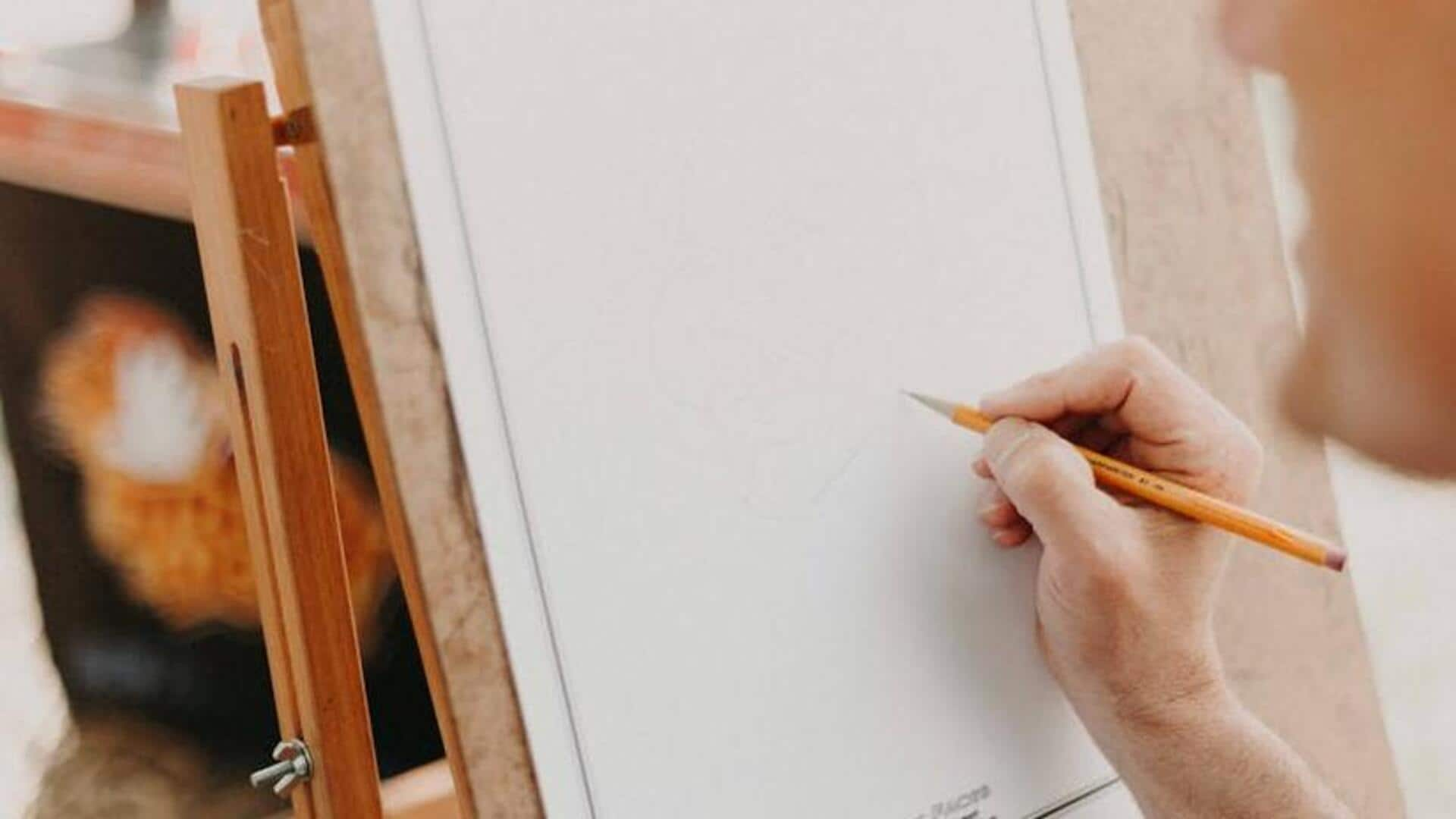
Unveiling creativity through urban sketching
What's the story
Urban sketching is all about hitting the streets and drawing what you see. It sharpens your observation, builds community, and can totally transform your art game. This practice trains you to see the beauty in the mundane, making your work more vibrant and your artist network stronger. By stepping outside and exploring, artists gain a deeper appreciation for their environment, ultimately fostering personal and artistic growth.
Observation
Boosts observational skills
Practicing urban sketching hones an artist's observation skills, enabling them to see the beauty in mundane details. Artists train their eye to catch what they'd normally miss - the way light kisses buildings, the secret rhythm in nature's patterns. This newfound appreciation manifests in their work, leading to more detailed and realistic drawings that add depth to their portfolio.
Mindfulness
Encourages mindfulness and relaxation
Urban sketching serves as a form of mindfulness meditation, allowing artists to anchor themselves in the here and now. By concentrating fully on their subject matter and the act of drawing, sketchers can lower stress levels and cultivate a state of tranquility. This practice is often described as therapeutic, providing a serene retreat from the chaos of urban life.
Community
Enhances social connections
Joining urban sketching groups or attending events facilitates social bonding with fellow artists. These meetups serve as collaborative spaces where artists exchange tips, provide constructive criticism, and work together on different projects. Being part of a creative community fosters a sense of belonging, which enhances confidence and encourages artists to experiment with new techniques and styles, ultimately enriching their artistic experience.
Spatial skills
Improves spatial awareness
Sketching from real life requires a strong grasp of perspective, proportion, and space. Regular practice hones these spatial skills, allowing artists to accurately depict three-dimensional objects on a two-dimensional surface. Eventually, these skills prove to be invaluable, not just for sketchers, but for anyone working in visual arts or design fields.
Development
Fosters artistic growth
Urban sketching forces artists to abandon the comfort of predictability, confronting them with a world of constant motion and change. From the difficulty of sketching fleeting figures to the ever-shifting dance of light and shadow, these challenges demand flexibility and foster a spirit of exploration. And it's in the crucible of these trials that artists often unearth the most transformative techniques and styles, catapulting their artistic growth to new heights.